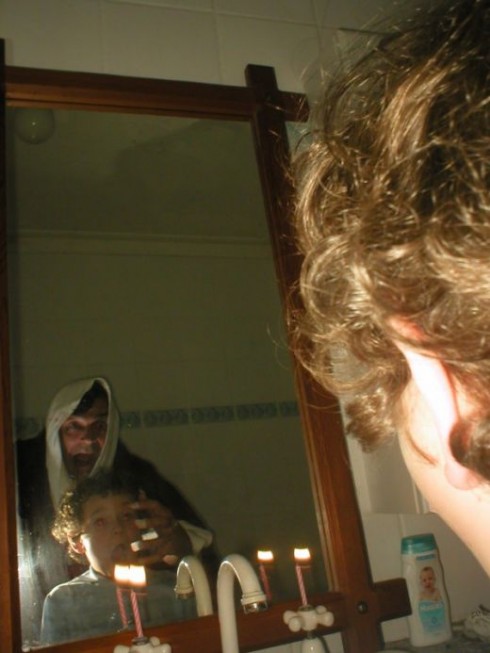 When I was a boy, I was unnerved by graveyards. It wasn’t that I was expecting a ghost to come rambling up from amongst the headstones, it was more the mental image of so many corpses, in various states of decomposition, so close underfoot.
When I was a boy, I was unnerved by graveyards. It wasn’t that I was expecting a ghost to come rambling up from amongst the headstones, it was more the mental image of so many corpses, in various states of decomposition, so close underfoot.
Legend tripping, also known as ostension, is a name recently bestowed by folklorists and anthropologists on an adolescent practice (containing elements of a rite of passage) in which a usually furtive nocturnal pilgrimage is made to a site which is alleged to have been the scene of some tragic, horrific, and possibly supernatural event or haunting.
– wikipedia
It’s easy to dismiss weird tales, and such night-time adventures, as simply titilation for the morbidly-curious, but, as I’ve mentioned previously, it’s my contention that such bits of odd ritual play an important role in our social development.
The concept of legend tripping is at least as old as Mark Twain’s 1876 The Adventures of Tom Sawyer, which contains several accounts of adolescents visiting allegedly haunted houses and caves said to be the lairs of criminals. Tom Sawyer is based on lore that was current in Twain’s own boyhood, and by Twain’s time the main features of the ritual were already in place.
– wikipedia
It seems obvious to me that this sort of thing was going on well before Twain’s time – likely as long as we’ve been sitting around fires, swapping tales, or coming across caves and copses that, for reasons beyond our understanding, set us on edge.
Despite not understanding the source of their thrill, I believe every tipped gravestone is a rude-finger in the direction of the vandal’s inevitable death, and every climbed step in a haunted house is another proof to the adventurer that the reaper’s grasp is limited, and possibly even defiable.
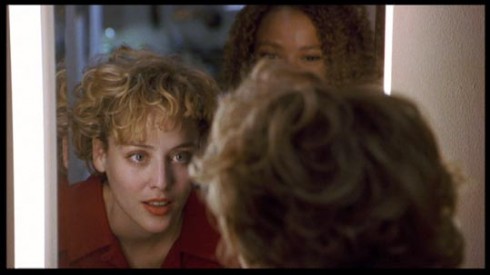
Of course, not all such adventures end in back-patting and story telling, and not all dangers involved are supernatural.
Frances G. Reinehr’s 1989 book [Bloody Mary] tells the true story of long-time Lincoln resident Mary Partington, who became known as “Bloody Mary.” Mary’s old-fashioned dress and her house with no electricity caught the attention of area teenagers, who made a sport out of taunting and harassing her. Mary received her cruel nickname after shooting and killing a youth who attempted to break into her house. She was not charged with a crime on the grounds of self-defense.
– NebraskaHistory.org
What will be interesting to see, in the coming century, is how these legends, and challenges, change.
Just as “The Phantom Hitchhiker” is no longer mounting a carriage, will we one day see something akin to a haunted forum? A blog at which it is said the occasional viewer sees a message from the dead – a message which eventually spells their doom?
Will preteens, tucked into sleeping bags and gathered around the glow of a netbook, one day giggle nervously over a cursed registration page?

 Despite my love of double negatives – that is, my love of spotting them, not of using them – I’d somehow never noticed that Mick Jagger is actually full up on satisfaction; overloaded with the stuff, apparently.
Despite my love of double negatives – that is, my love of spotting them, not of using them – I’d somehow never noticed that Mick Jagger is actually full up on satisfaction; overloaded with the stuff, apparently. I’m one of those people who believes in synthesizing folk-knowledge and science, but I’m also a firm believer in hearing out the voice of reason. That’s why I found
I’m one of those people who believes in synthesizing folk-knowledge and science, but I’m also a firm believer in hearing out the voice of reason. That’s why I found 

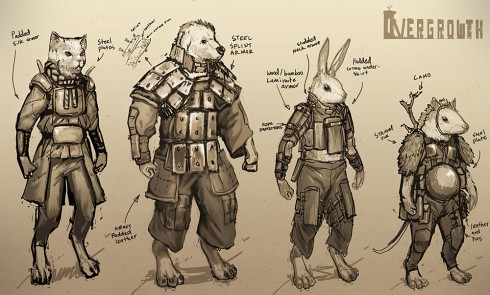
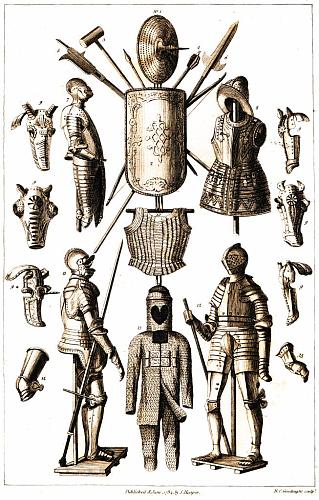
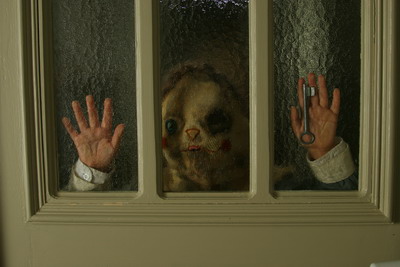

 Then there’s this excellent bit of myth regarding the supposed ghosts of “Mudhouse Mansion”.
Then there’s this excellent bit of myth regarding the supposed ghosts of “Mudhouse Mansion”.



 Despite having created a robust world-wide network of information, it seems to me, now more than ever, that we’ve placed our history in peril.
Despite having created a robust world-wide network of information, it seems to me, now more than ever, that we’ve placed our history in peril.
 As a child I found watching the trials and tribulations of Wile E. Coyote quite frustrating. After ordering, constructing, and deploying whatever Acme device he’d chosen to assist in capturing his dinner, the result was always the same: he’d come tantalizingly close to a full belly, only to be defeated by a sudden cliff or tunnel entrance.
As a child I found watching the trials and tribulations of Wile E. Coyote quite frustrating. After ordering, constructing, and deploying whatever Acme device he’d chosen to assist in capturing his dinner, the result was always the same: he’d come tantalizingly close to a full belly, only to be defeated by a sudden cliff or tunnel entrance.

 Tonight, once the episode is posted, we’re heading out to view a re-creation of the classic Orson Welles radio production of The War Of The Worlds, and I’m quite excited. I also find it interesting that, due to the panic caused by the original, conspiracy theories still abound regarding the broadcast.
Tonight, once the episode is posted, we’re heading out to view a re-creation of the classic Orson Welles radio production of The War Of The Worlds, and I’m quite excited. I also find it interesting that, due to the panic caused by the original, conspiracy theories still abound regarding the broadcast.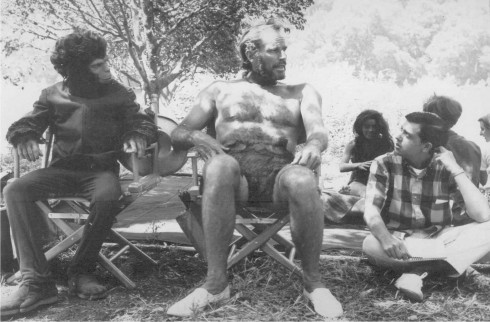 Warning: Those with weak stomachs may find this post a bit rough.
Warning: Those with weak stomachs may find this post a bit rough.